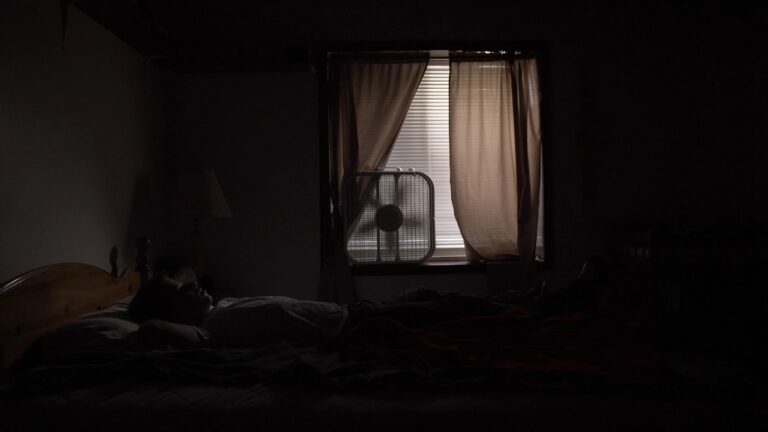Staying cool in a small apartment during the hottest months doesn’t have to come with sky-high energy bills.
If you live in a warm climate, think Texas, Arizona, Southern California, or Florida, you already know how quickly the AC becomes your most expensive roommate.
But even as a renter with limited control over permanent upgrades, there’s still plenty you can do to cut energy use without sacrificing comfort. Let’s get into it.
1. Block the Sun Before It Bakes Your Apartment
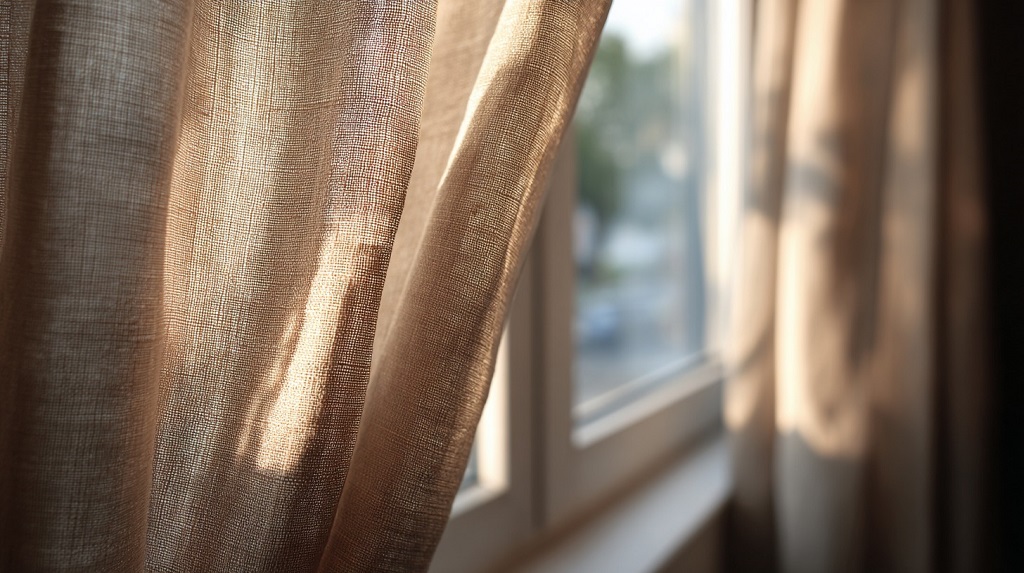
When you’re in a smaller space, direct sunlight can quickly turn your living room into a sauna. The fix? Blackout curtains, cellular shades, or even thermal blinds. They might not look high-tech, but they seriously help.
- Best for renters: Look for tension rods or command hook curtain setups—no drilling needed.
- Bonus tip: Insulated drapes with white backing reflect more heat than dark ones.
Cranking the AC down to 68°F might feel amazing in the moment, but it drains energy—and your bank account. Setting it to 78°F when you’re not home or asleep can shave around 3% off your bill for every degree above 75°F. Ceiling fans (if you have them) should spin counterclockwise during summer to create a wind-chill effect. No ceiling fan? A well-placed oscillating or tower fan works wonders. Even if it’s just a window unit, maintenance makes a difference. Clean filters = better airflow = less energy use. Replace or rinse the filter every three months, or more often if you live in a dusty area. For a full unit tune‑up, a local expert like 3 Guys A/C & Electrical can ensure your AC is running at peak efficiency. Also, avoid placing heat-producing items like lamps or TVs near your thermostat. They can trick it into running longer than necessary. After a hot shower, all that steam doesn’t just fog up your mirror—it raises your apartment’s overall humidity, which makes it feel hotter. Turn on the bathroom exhaust fan or crack a window. If you have in-unit laundry, make sure the dryer vents properly, and consider skipping the heat altogether by air-drying. If you’re still using incandescent bulbs, you’re burning money—literally. ENERGY STAR-certified LED bulbs use up to 90% less energy and last way longer. Even when turned “off,” your TV, gaming console, or phone charger might still be drawing power. That’s phantom load, and it adds up fast—about 10% of a typical electricity bill. Natural light’s great, but too much can heat things up quickly. Use light-colored curtains or blinds to bounce heat away while still letting in daylight. Washing clothes in cold water cuts out the biggest energy draw from your washer—heating the water. Modern detergents are built for it, so there’s no trade-off in cleanliness. Dryers gulp energy. Using a drying rack—even one that folds up neatly in your closet—can save a surprising amount. Always wait until the dishwasher is full, and opt for eco or air-dry settings. Those “heated dry” cycles are energy hogs. Swapping in a low-flow showerhead or aerator is a cheap, reversible fix that helps save on both water and heating costs. Warm air sneaking in through gaps around doors or windows is a quiet thief. A quick fix? Weatherstripping, foam tape, or draft blockers. Bare tile or hardwood floors can radiate heat upward. Area rugs help insulate your space and make it feel more comfortable. Plastic insulation kits are inexpensive and peel off cleanly. Even bubble wrap—cut to size and sprayed with water—sticks to windows and acts as a DIY insulation layer. Take stock of your energy use. Are your vents blocked? Is your fridge too close to the wall? Are old light bulbs still hiding in a bathroom vanity? You don’t need fancy tools—just a good eye and a few minutes. A dripping faucet or running toilet isn’t just annoying—it can waste thousands of gallons per year. Let your landlord know right away. If your couch is blocking an AC vent, it’s working overtime for no reason. Clear a path for airflow to improve cooling without upping the thermostat. Some landlords are open to simple efficiency upgrades—especially if they get utility rebates. ENERGY STAR appliances, LED fixtures, or insulation improvements all help you and them. Saving energy in a warm-climate apartment isn’t about giving up comfort—it’s about using the right tools and habits to stay cool efficiently. With a mix of renter-friendly strategies, like blackout curtains, smart plugs, LED lighting, cold water laundry, and weather stripping, you could easily knock $100 or more off your annual utility bill. And let’s not forget, lower energy use means a smaller carbon footprint. So while you’re trimming your bills, you’re also helping reduce strain on the grid and contributing to a more sustainable future. Now that’s a win worth sweating for.2. Use Your Thermostat Like a Pro
3. Don’t Underestimate the Power of Fans
4. Take Care of Your AC Unit
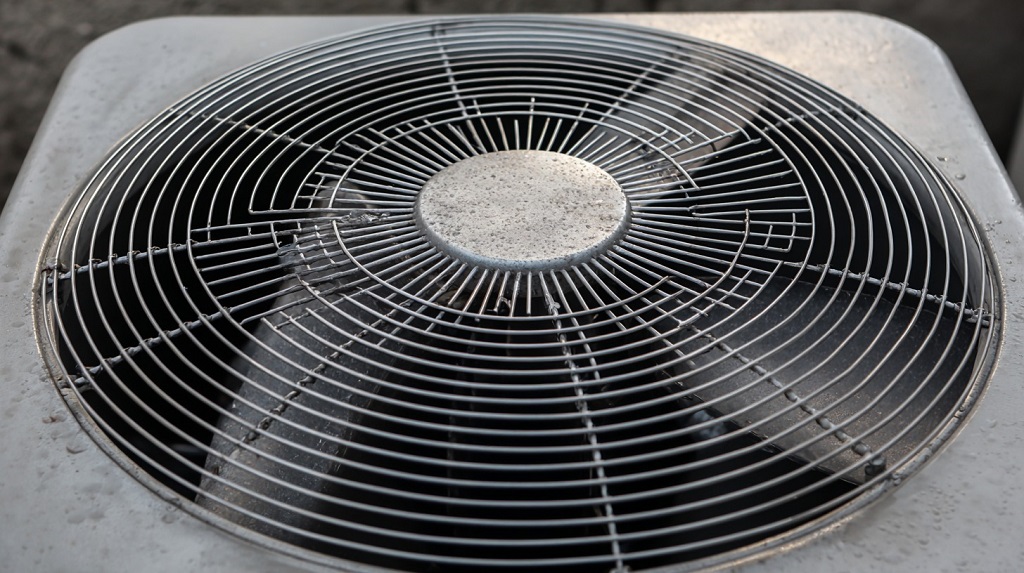
5. Ventilate Where It Counts
Quick Cooling Reference Table
Cooling Strategy
Action
Estimated Annual Savings
Window Coverings
Use blackout curtains
Up to 10%
Thermostat Settings
Keep it at 78°F or higher
~3% per degree
Fans
Use with AC, turn off when leaving
5–10%
AC Maintenance
Clean filters regularly
5–15%
6. Switch to LEDs
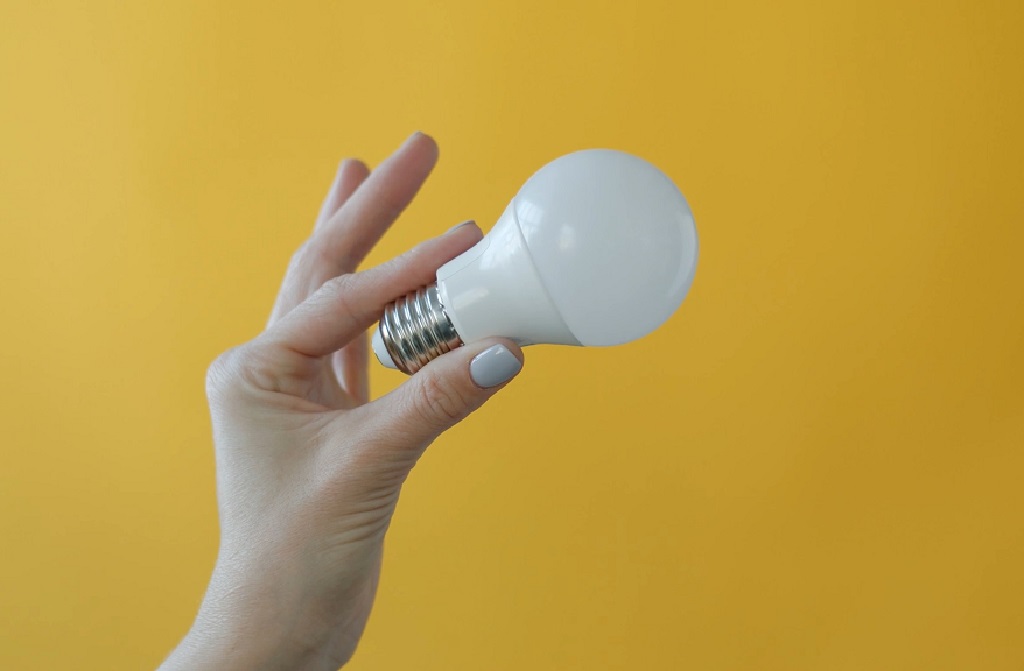
7. Stop Phantom Energy in Its Tracks
8. Use Natural Light Strategically
Lighting & Electronics Quick Guide
Tip
Action
Estimated Annual Savings
LED Bulbs
Replace top 5 bulbs
~$40
Power Strips/Smart Plugs
Reduce standby power
$10–$20
Natural Light
Use sheer curtains & turn off lights
5–10% on lighting
9. Go Cold in the Laundry Room
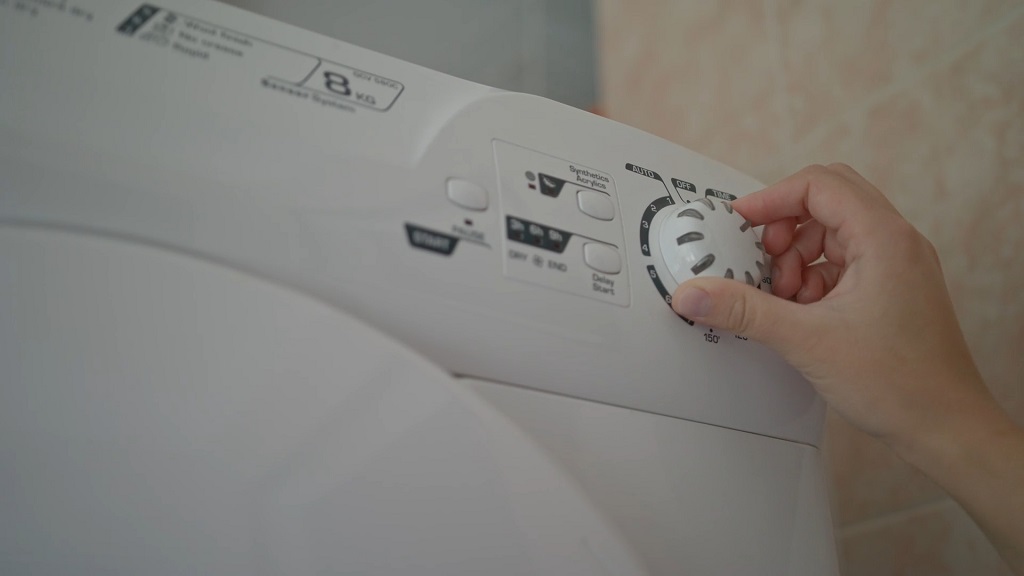
10. Let Clothes Air Out
11. Smarter Dishwashing
12. Install Low-Flow Fixtures
Appliance & Water Use Table
Appliance Tip
Action
Estimated Annual Savings
Cold Water Laundry
Wash with cold water
$20–$30
Air-Dry Clothes
Use racks instead of dryer
$15–$25
Low-Flow Fixtures
Install in shower/kitchen
$10–$20
13. Stop Air Leaks
14. Rugs Aren’t Just for Winter
15. Use Window Film or Bubble Wrap
Insulation Fixes at a Glance
Tip
Action
Estimated Savings
Weatherstripping
Seal doors and windows
Up to 10%
Rugs
Insulate floors
2–5%
Window Insulation Film
Apply temporary heat barriers
5–10%
16. Give Your Apartment an Energy Check-Up
17. Report Leaks Immediately
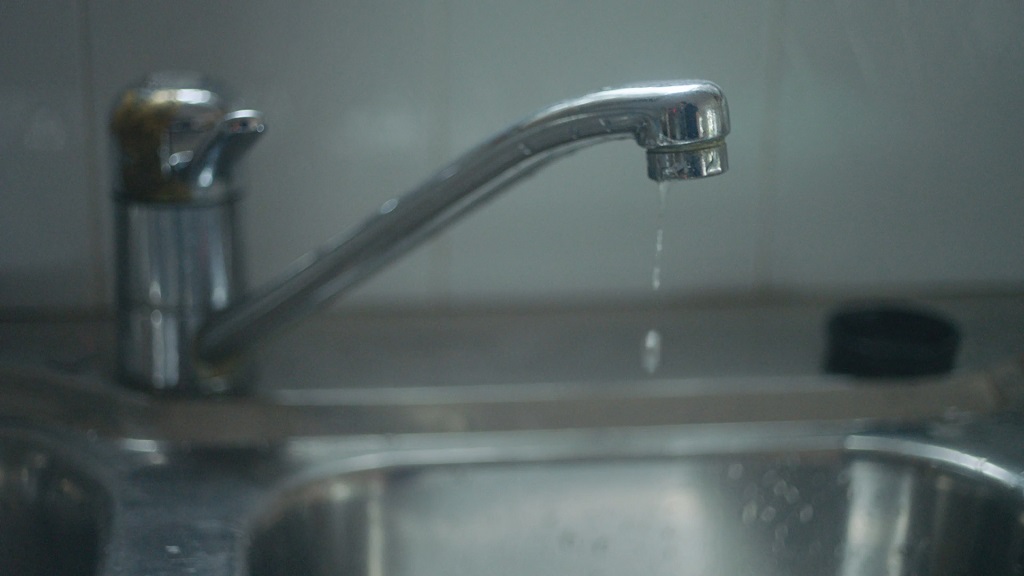
18. Keep Air Moving Freely
Ask for Upgrades
Daily Habit Tracker
Habit Tip
Action
Estimated Annual Savings
Energy Check-Up
Review appliances, vents, bulbs
$20–$50
Report Leaks
Contact landlord
$10–$20
Clear Vents
Improve airflow
5–10% on cooling
Final Thoughts

